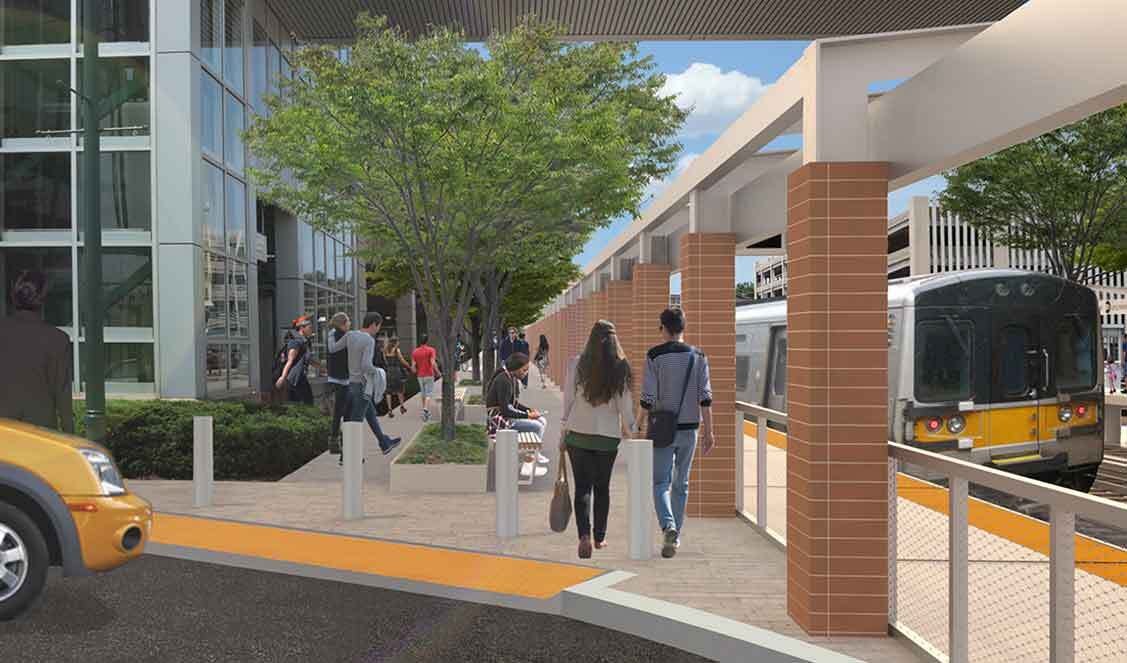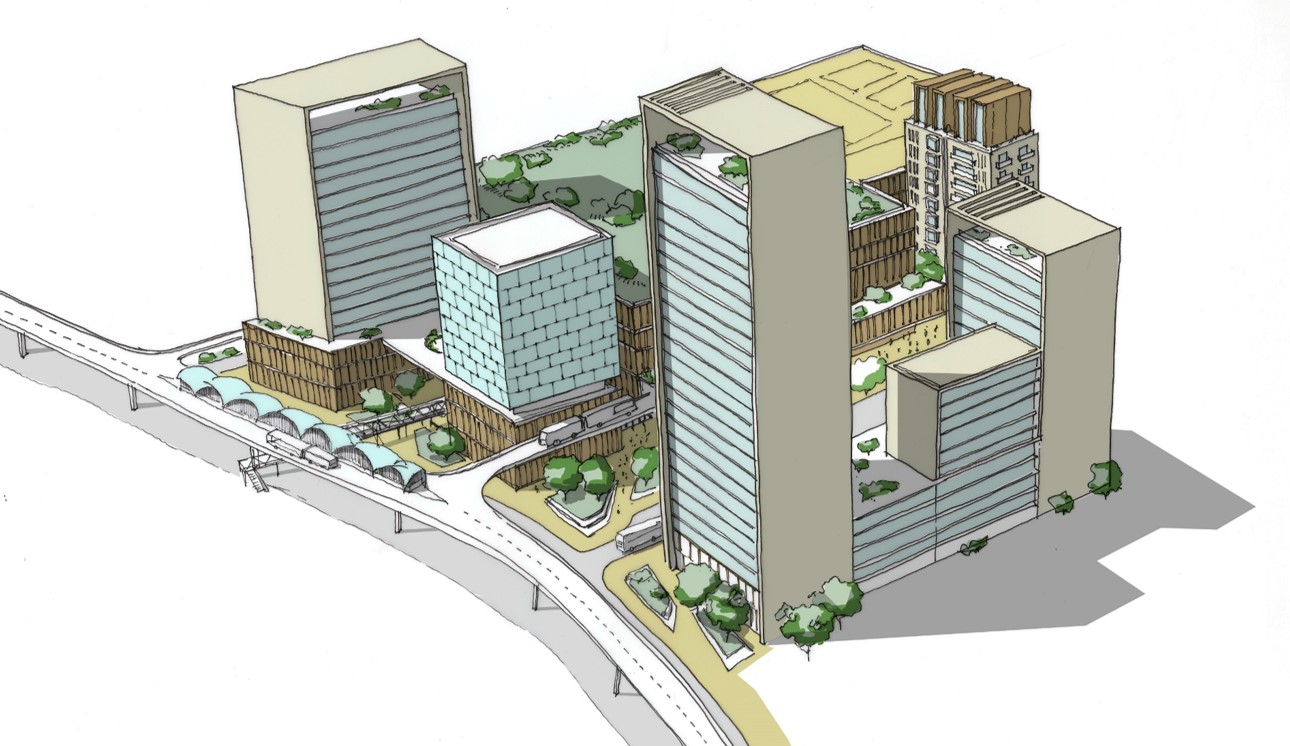HR&A led an interdisciplinary team to develop a transformative vision and implementation strategy for Prince George’s County’s Blue Line Corridor, a 6-mile stretch along Central Avenue in Maryland. This comprehensive plan has already secured over $450M in state funding and bonding capacity for priority capital projects including a youth sports fieldhouse, amphitheater, central library and cultural center, market hall, and multimodal infrastructure while establishing a replicable model for place-based economic development countywide.
Working with Design Collective and Toole Design Group, HR&A crafted a 30-year development roadmap for this transit-rich corridor, served by four Blue and Silver Line Metro stations. The vision identified capital improvements and new anchor institutions and facilities to catalyze private investment in dense, transit-oriented development stations. The team coordinated across County and State agencies and WMATA to align objectives, leverage resources, identify obstacles, and recommend new legislative and financial tools to maximize economic potential.
The vision became the centerpiece of the County Executive’s 2021 State of the County address and continues to guide implementation. HR&A remains actively involved, facilitating an interagency working group, conducting feasibility studies, and advancing capital improvement projects. These efforts ensure the ambitious vision moves from concept to reality with strategic oversight.
HR&A also developed County-specific enabling legislation (Maryland House Bill 1109) to establish business improvement districts in Prince George’s County, adopted in April 2023. The Blue Line Corridor BID is being specifically designed to ensure inclusive development that benefits existing communities while attracting new investment. This innovative approach ensures that economic growth along the corridor supports both existing residents and businesses while creating vibrant, accessible places for all county residents.
Press:
Prince George’s County Breaks Ground on Civic Plaza, The First Signature Project of The Blue Line Corridor Initiative – Prince George’s Country MD
Photo: Jackie Hicks and Prince George’s County


